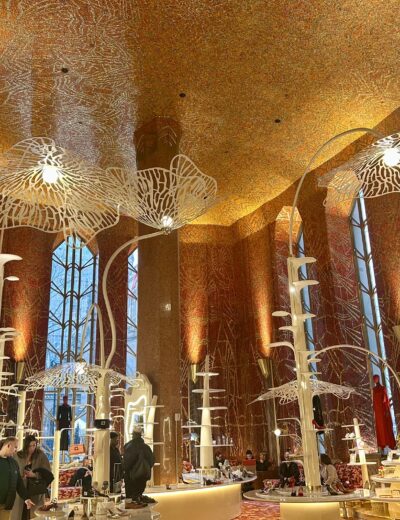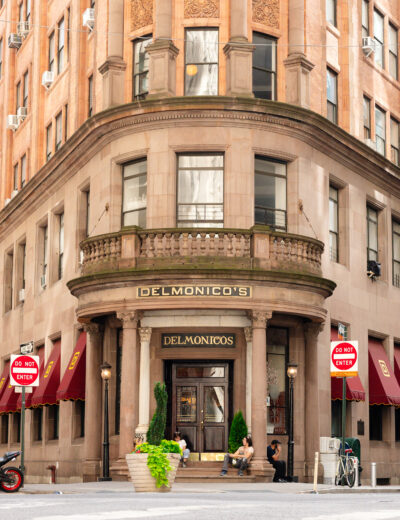Federal Hall National Memorial: NYC’s Forgotten Attraction

Right in the center of Wall Street sits one of America’s most significant landmarks. No, I’m not talking about the New York Stock Exchange — this is the Federal Hall National Memorial.
This historic building is often overshadowed and overlooked by many, even locals. That’s why it’s my favorite stop on any Wall Street tour here in Lower Manhattan. Every tour guide dreams of teaching people something they didn’t know before, and almost nobody knows the amazing story of Federal Hall or why it is worth a visit.
History of Federal Hall
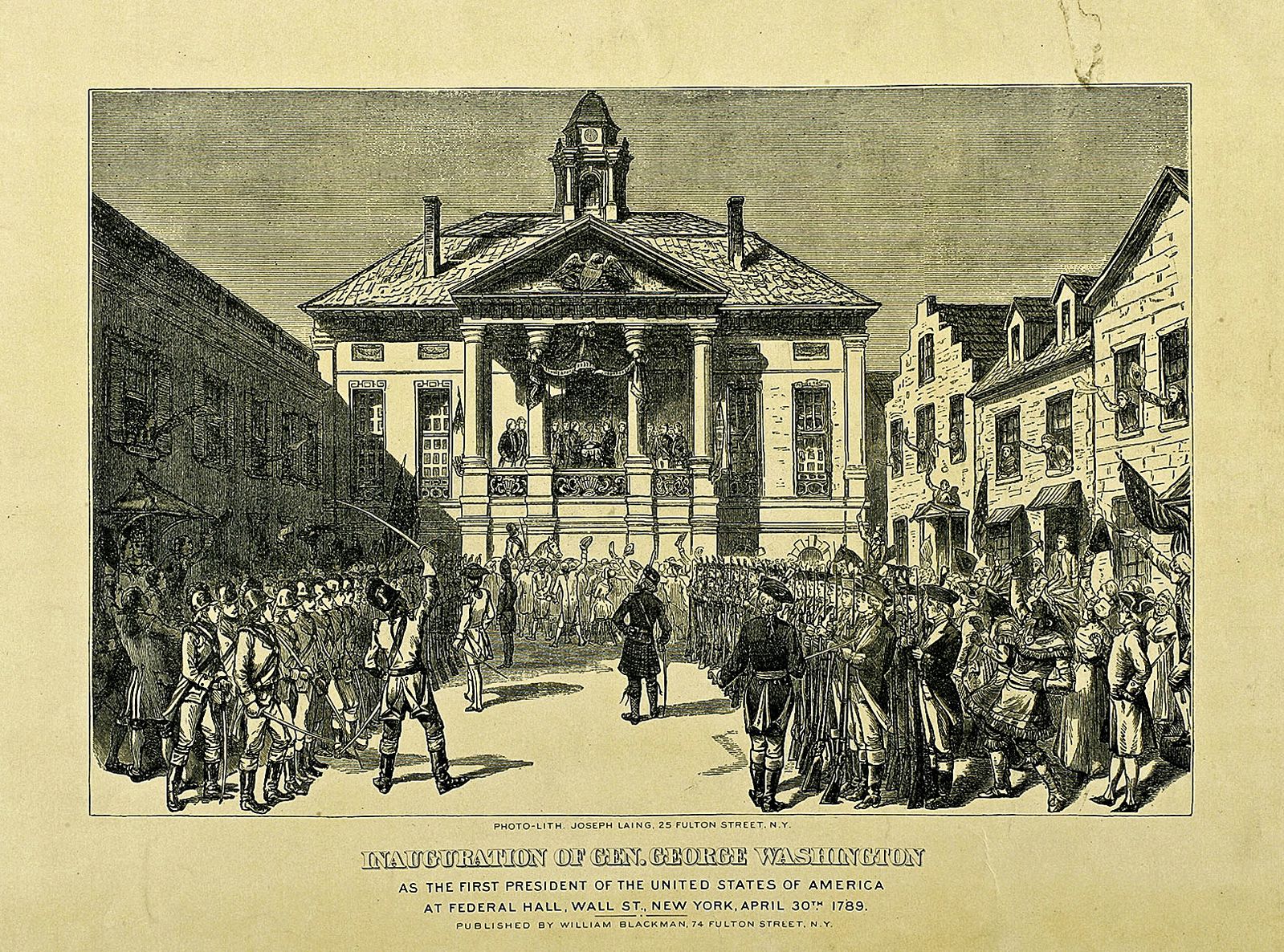
Washington D.C. wasn’t always the capital of the United States. After the revolution in 1776, New York was given that honor.
But the building we now know as Federal Hall was built long before the war as the city hall of New York. This is where the protests of “taxation without representation” first happened.
Once the country established its own government, the building served as a meeting place for Continental Congress and some of America’s founding fathers. Under George Washington, it was remodeled and renamed Federal Hall in 1789.
That same year, Washington was sworn in as the first president of the United States during a historic inauguration ceremony on the building’s balcony.
Much of American history took place inside the walls of Federal Hall. This is where the Bill of Rights was proposed and ratified, where the United States federal court system was created and where the earliest amendments to the Constitution were drafted. Everyday, the men who met at Federal Hall would propose, debate, and argue ideas that would shape the new country’s future.
Federal Hall Today
Unfortunately, the building you see from Wall Street today isn’t the original. After the capital was switched to Philadelphia in 1790, the building remained as the house of government for New York but was ultimately demolished in 1812 to make way for the current City Hall.
The building you see today, standing on the exact same site as the original Federal Hall, was originally built as the U.S. Custom House for the Port of New York. It opened in 1842 after over a decade of construction. But 20 years later, the customs location was moved, and the building’s purpose changed once again to act as a United States sub-treasury. Giant vaults were installed in the walls to hold millions of dollars of gold and silver.
Before you get your hopes up, I am sorry to say there is no gold or silver inside anymore. This was all moved to the Federal Reserve Bank in 1920.
The building was given national memorial status in 1955, and the inside was transformed, yet again, to be a museum dedicated to our first president and the beginnings of our country.
The famous bronze statue of George Washington on the building steps was added in 1882 and stands at the exact spot where the real Washington stood while taking the oath of office.
But not everything here is a recreation or replica, as you’ll see below.
Visiting Federal Hall
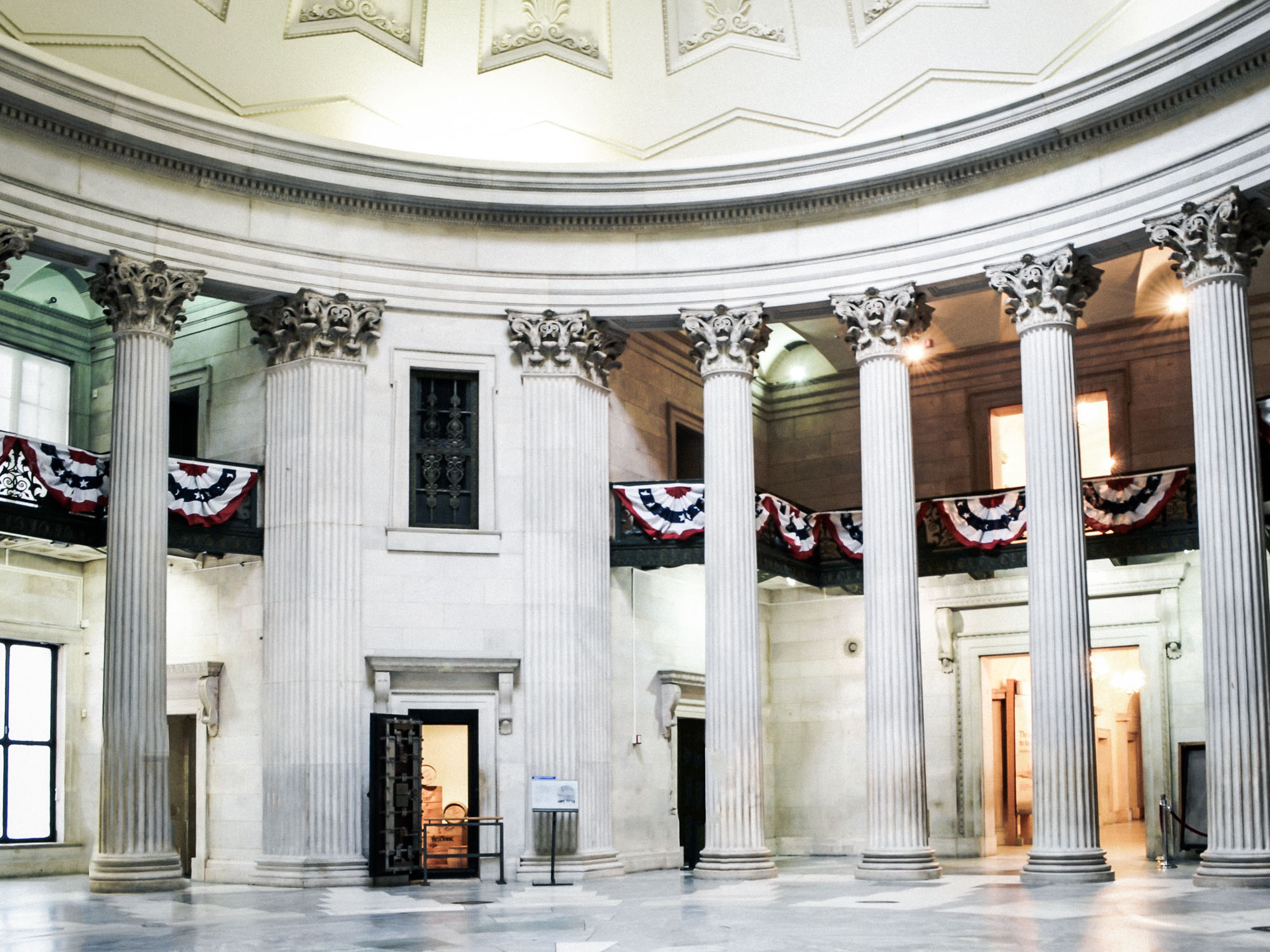
The various exhibits inside the Federal Hall National Memorial contain information about George Washington, his inauguration, the U.S. Constitution, and the federal government. Some of the highlights of the museum include the Bible that George Washington used to swear his oath of office (see my FAQ about this), part of the original railing and balcony floor where he stood during his inauguration, and the vaults that were installed when the building acted as a sub-treasury.
Here are a few other exhibits and areas you shouldn’t miss:
- The Portrait Gallery
- Information about the trial of John Peter Zenger, which led to freedom of the press
- Models and pieces of the original City and Federal Hall
- The visitors’ center, which includes great information about the national parks of New York Harbor
- The museum store, where you can pick up a souvenir of your visit
When you step inside Federal Hall for the first time, you’ll be amazed by the architecture. While the exterior is an early example of Federal Style architecture, the columns both inside and out are designed to mimic the Parthenon as a tribute to Greek democracy. The building is still one of the city’s best examples of Greek Revival architecture. In contrast, the domed ceiling pays tribute to the ancient Roman republican ideals by reflecting the Pantheon.
Guide tip: Look closely. In December of 2004, Federal Hall closed for a two-year, $16 million renovation after the collapse of the World Trade Center caused cracks in the structure’s foundation to get worse. While the work was completed, you can still see some of those cracks in the walls today.
How to Get to Federal Hall and Guidelines for Visitors
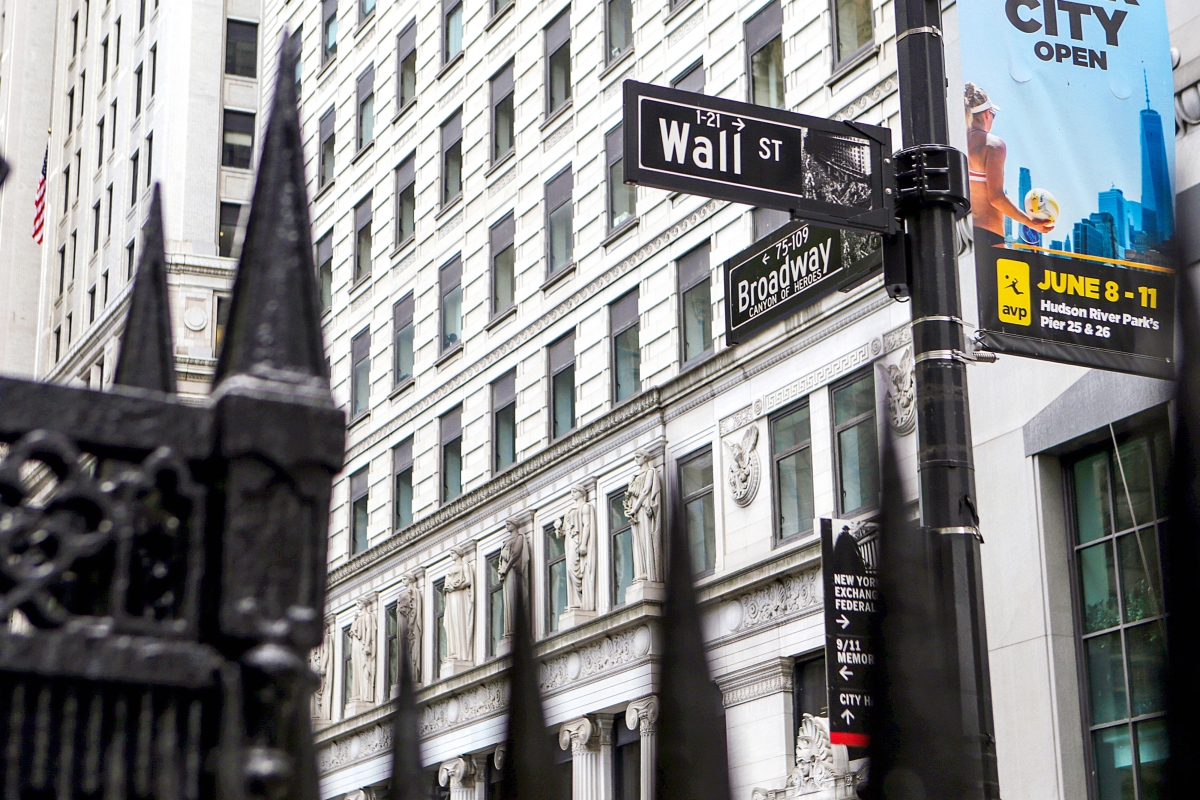
Since the block of Wall Street from Broadway to William Street is pedestrian-only, the best way to get to Federal Hall is by foot or by subway. The address of the building is 26 Wall Street. If you’re taking a cab, ask the driver to bring you to Trinity Church and walk east down Wall Street.
The building is right at the intersection of Wall and Broad Street, next to the New York Stock Exchange.
If you’re coming by subway, you can take the J or Z to Broad Street, the 2, 3, 4, or 5 to Wall Street, the 1 or R to Rector Street, or the A or C to Fulton Street.
Guide tip: Keep in mind that due to the building’s proximity to the stock exchange, there are days when large crowds and media groups will gather in the area. This will never block you from entering, but might take up extra time.
There are also a few rules you should know before you go. Eating, drinking, smoking, chewing gum and cell phone use are not allowed. Make sure to silence any technology you may have on you before you enter. Video and photography are allowed.
What To Do Around Federal Hall
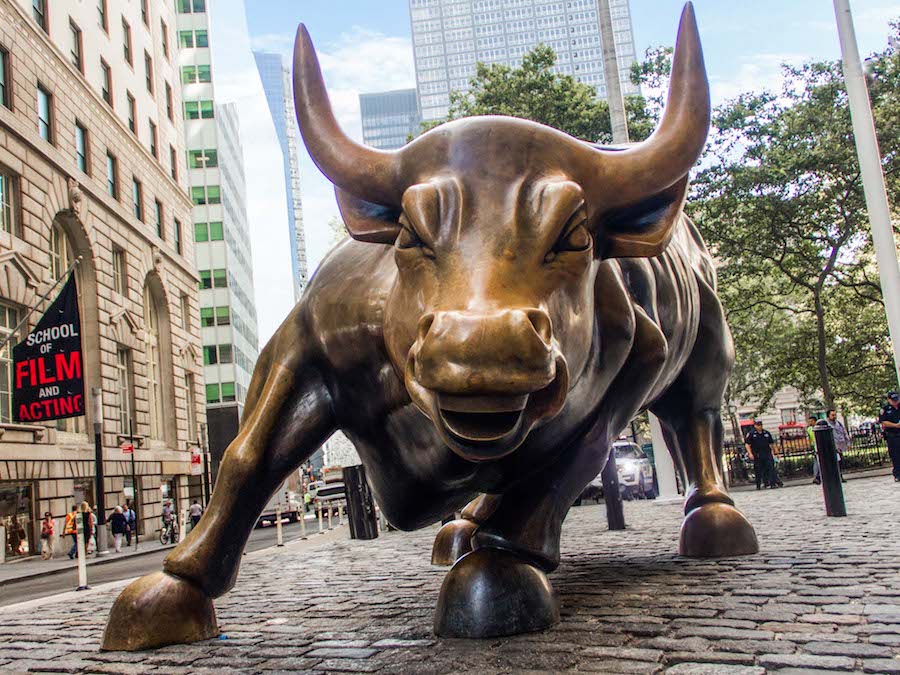
The Financial District is one of New York’s busiest neighborhoods so you will never run out of things to do before or after your stop at Federal Hall.
The New York Stock Exchange
As I mentioned earlier, directly across the street is the New York Stock Exchange. While visitors are not allowed inside, you can get great pictures of the exterior by walking down Broad Street. Why not take a picture with the Fearless Girl while you’re at it?
Trinity Church
Walk up Wall Street towards Broadway and you’ll see Trinity Church, one of the city’s oldest and most beautiful buildings. The inside is stunning but be sure to also take a stroll around the graveyard to see the final resting place of some of New York’s most famous men and women.
Charging Bull and the Customs House
A couple blocks south of Trinity Church is the famous Charging Bull. This statue has become the unofficial symbol of the Financial District and is a great photo op for your trip.
Just past the bull is the Alexander Hamilton U.S. Customs House. This beautiful building is currently home to the Smithsonian Museum of the American Indian, which you can visit for free.
9/11 Memorial & Museum

Just a 10-minute walk away is one of New York’s most emotional and moving sites. The 9/11 Memorial is a free and open space that pays tribute to all the innocent lives lost in the attacks. If you have the time, consider buying tickets to the museum for a more in-depth experience.
Stone Street
Looking for somewhere to eat? Walk east on Wall Street until you hit William Street. Make a right and continue for a few blocks until you come to Stone Street, home to some of the more unique architecture and delicious restaurants in the city. Take a stroll down the pedestrian-only street to explore the variety of food options and you’ll feel like you’re taking a trip back in time.
FAQs for Your Visit to Federal Hall
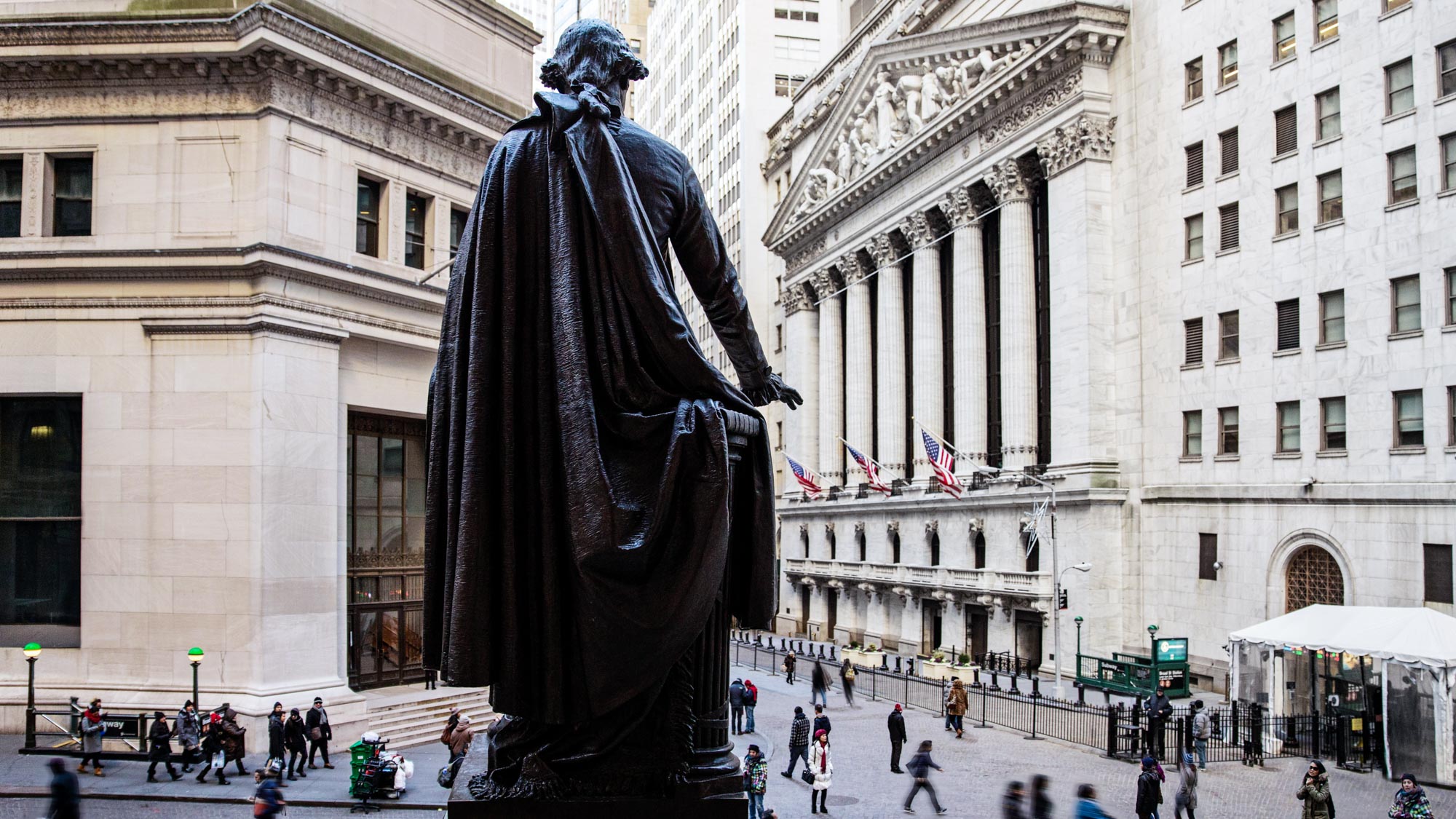
How much does it cost to visit?
Entrance to Federal Hall is free of charge. Bring the whole family — it’s a great place to go if you’re traveling on a budget.
When can I visit Federal Hall?
The museum is open Monday-Friday from 9 a.m.-5 p.m. but never on weekends or national holidays.
Is the museum wheelchair accessible?
Yes, but if you wish to visit Federal Hall and are using a wheelchair, make sure to enter from the back door located at 15 Pine Street, between Pine and Nassau street. Once inside, there are elevators available to both the upper and lower floors.
Current update: At this time, the rotunda in the mail hall is closed for restoration. All visitors are required to enter the building via the entrance at 15 Pine Street.
Are any of the exhibits closed or unavailable?
The Washington Bible will not be on display while the restoration work is taking place in the rotunda. As the Bible is technically on loan to the museum from the Free Masons, there are periods when it may not be available to view in Federal Hall.
If you have your heart set on seeing it, feel free to call 212-668-2277 and ask if it will be on display during your visit. Otherwise, for any updates about construction or closed exhibits, visit the National Park Service website.
History in the Making
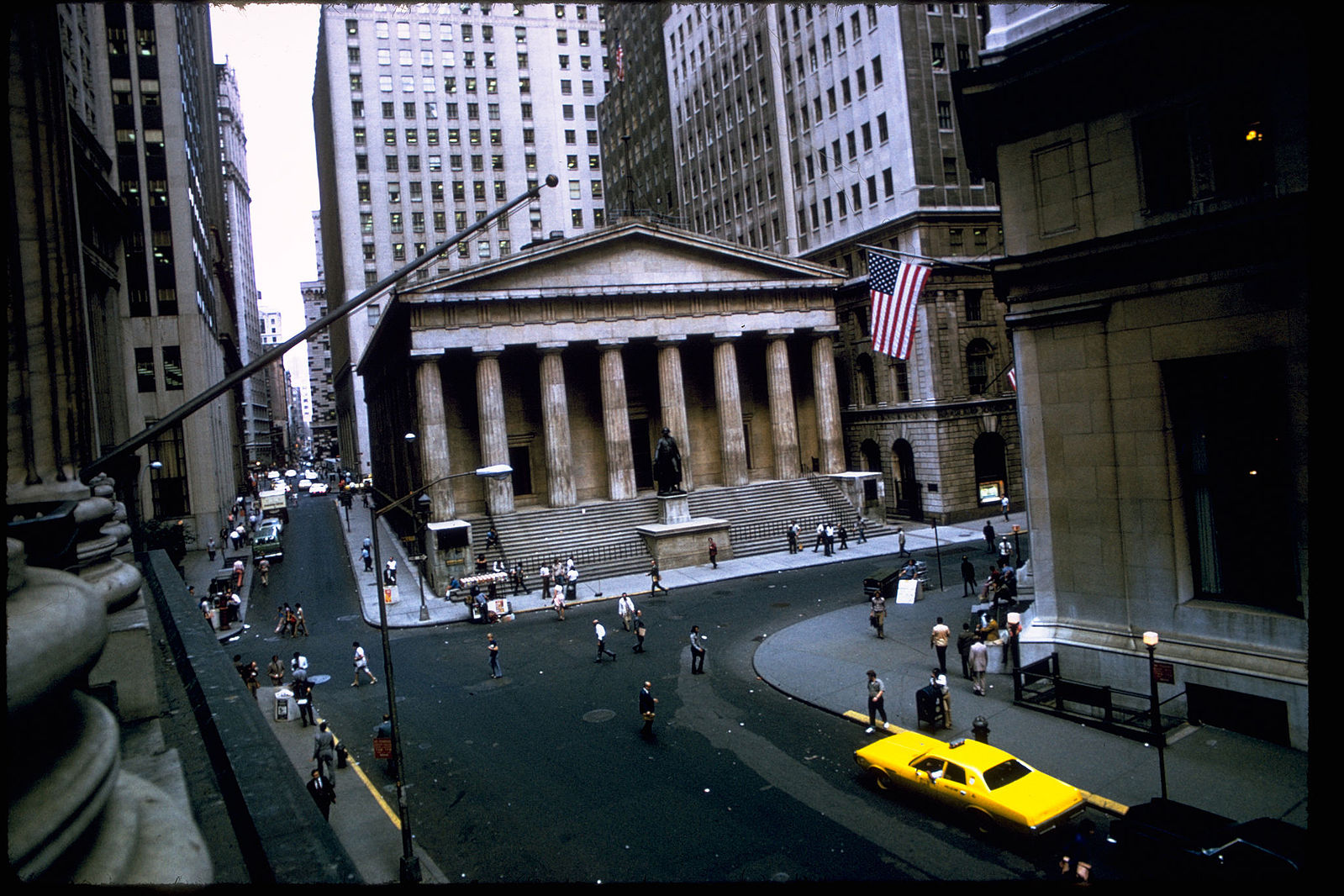
It is undeniable how crucial Federal Hall has been to the history of the country and the foundation of our government. The building might seem unimpressive compared to other city skyscrapers, but no other building in the world was home to the first Congress, Supreme Court, and Executive Branch of the United States.
Even now, over 200 years later, the building is still making history. In September 2002, 300 members of the U.S. Congress convened in its halls as a symbol of support to the city after the September 11 attacks. This was the first time Congress had ever met in New York since 1790.
These historical moments are made so much stronger when we get to experience them in person. That’s what it feels like to step into Federal Hall. You realize it’s not just another museum but a priceless monument — and a lasting symbol of America’s inspiring history.
